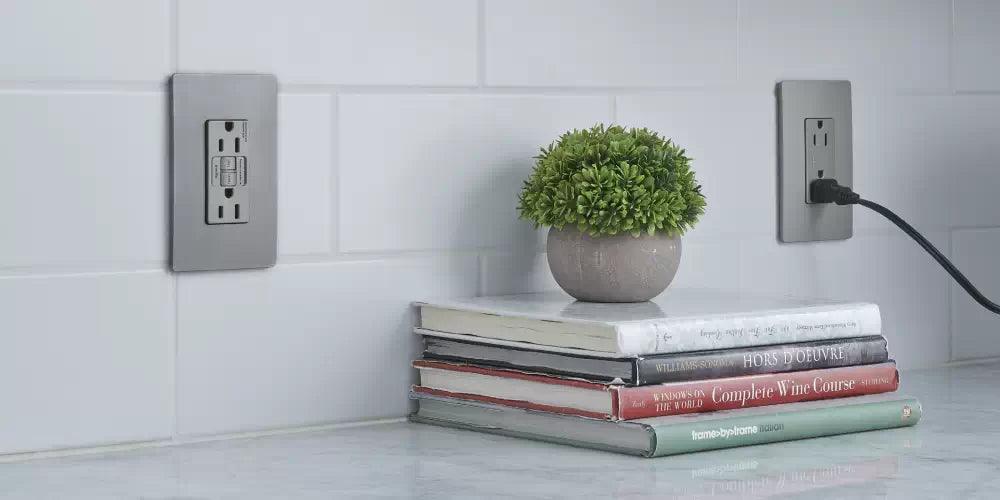Ground Fault Circuit Interrupter (GFCI) receptacles, sometimes referred to as GFI outlets, are vital components in residential and commercial electrical systems. They play a critical role in preventing electrical shock hazards, particularly in areas where electricity and water may intersect. This comprehensive guide will delve into the importance, functionality, installation, and maintenance of GFCI receptacles.
Understanding GFCI Receptacles
GFCI receptacles, or 'ground fault circuit interrupters,' are designed to protect individuals from electrical shocks. Unlike regular outlets and circuit breakers that safeguard your home’s electrical system, GFCIs are uniquely designed to protect people. They are easily recognizable by the 'test' and 'reset' buttons featured on the outlet face.
How Do GFCI Receptacles Work?
GFCI receptacles monitor the electrical current and cut power or 'trip' when they detect an imbalance or excess current flowing down an unintended path. Their response time is faster than that of circuit breakers or fuses, designed to react before electricity can affect your heartbeat – in as little as one-thirtieth of a second.
Where Should GFCIs Be Installed?
The National Electrical Code requires GFCI outlets in moisture-prone areas of the home to protect people from being shocked. These locations include:
- Bathrooms
- Kitchens (including with dishwashers)
- Laundry and utility rooms
- Garages and outbuildings
- Crawlspaces and unfinished basements
- Wet bars
- Spa and pool areas
- Outdoor areas
GFCI Types and Their Applications
There are three basic types of GFCI devices: GFCI receptacles, GFCI circuit breakers, and portable GFCIs for outdoor use. Each type offers varying levels of electric shock prevention depending on the installation.
GFCI Receptacles
The most common GFCI in residential homes is the GFCI receptacle. This device replaces a standard receptacle and is compatible with any standard outlet. It can protect other outlets "downstream."
GFCI Circuit Breaker
GFCI circuit breakers are often used as replacements for standard circuit breakers and provide GFCI protection to all receptacles on that individual circuit.
Portable GFCI for Outdoor Use
This is an outlet strip or other device that provides GFCI-level protection in a portable unit. If you have a device requiring GFCI protection, but can’t locate a protected outlet—this gives you the same protection.
Installing and Replacing GFCI Receptacles
Whether it's a new installation or a replacement of an existing GFCI receptacle, the process involves several steps.
Replacing an Existing GFCI Receptacle
If an existing GFCI receptacle is damaged or quits working, it needs to be replaced. This involves turning off the power to the circuit in the breaker box, removing the wall plate, and verifying that the power is off with a non-contact voltage tester.
Installing a New GFCI Receptacle
If you're installing a new GFCI receptacle on an unprotected circuit, the process involves turning off the power at the breaker panel and removing the existing receptacle from the junction box.
Regular Testing of GFCI Receptacles
Regular testing of GFCI outlets is essential to ensure they are in good working order. The testing process involves pressing the TEST button and subsequently the RESET button. If your GFCI outlet has a self-test light, it should be green. If it is red, try resetting it.
GFCI Receptacles vs. GFCI Circuit Breakers
Choosing between a GFCI receptacle and a GFCI circuit breaker depends on the specific requirements of your electrical system. GFCI receptacles are generally used instead of a standard outlet receptacle to offer protection to a single outlet location, whereas GFCI circuit breakers protect the entire circuit.





